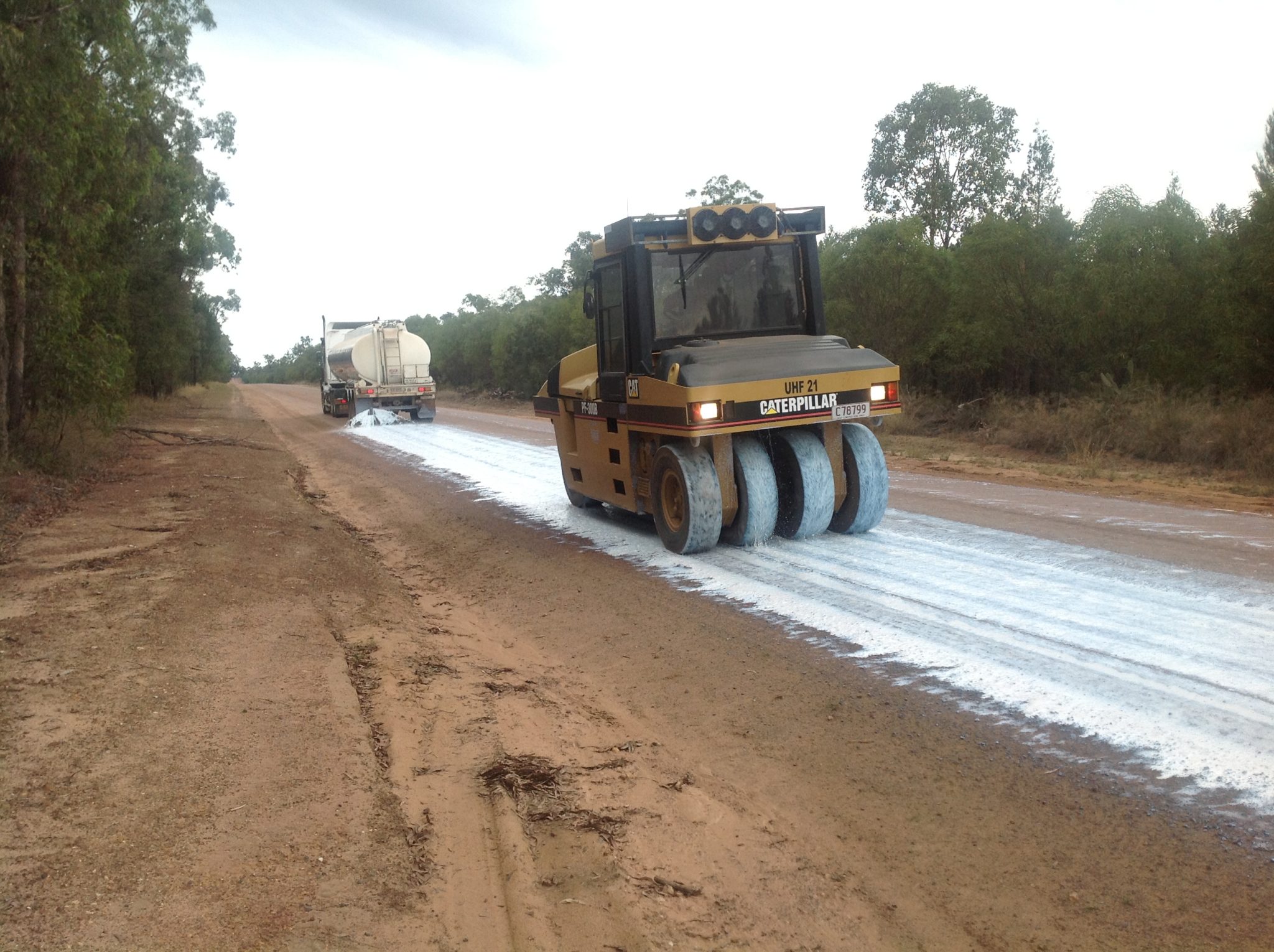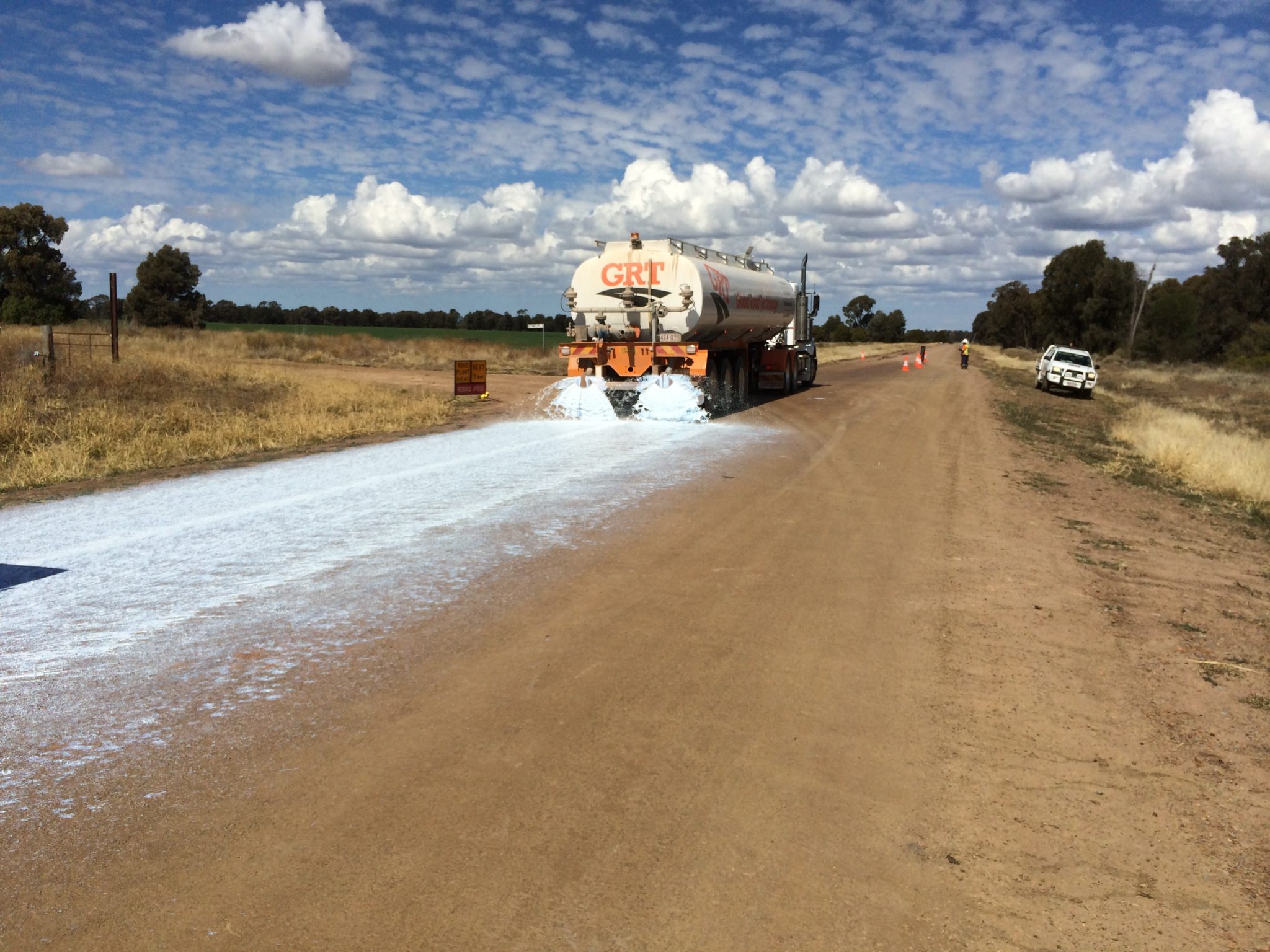Could there be an appropriate way to utilize marginal and non-standard pavement materials in a fit-for-purpose way? What criteria would one use to categorize what they deem as fit-for-purpose? What are the breakpoints of using marginal and non-standard pavement materials? Is there a systemic way of dealing with the challenges associated with marginal and non-standard pavement materials? What are the cost implications of adopting a fit-for-purpose approach? All these questions will be answered in this week’s article, which centers on the fit-for-purpose pavement materials approach in an Australian context under Austroads Project No. AAM6144 published early 2020 as Austroads publication number AP-T353-20. The applications of the fit-for-purpose approach focuses on sealed and unsealed road construction and maintenance, including renewal of low to medium level traffic roads. Properties and performance characteristics should be suited to the chosen design with consideration of budget and resources that need to be optimized over the entire life cycle of the pavement without compromise on the level of service rendered to the road users. The connection between material performance influence and tradeoff in budget optimization and level of service are critical factors in the fit-for-purpose material approach to marginal and non-standard pavement materials.
Utilising natural and/or marginal materials
There is definitely an appropriate way to utilize marginal and non-standard pavement materials in a fit-for-purpose approach, which considers material, moisture and traffic characteristics which complement life cycle costing as contributing to a fit-for-purpose material use. Material performance mechanisms are derived from moisture loading and traffic loading with analysis of the suitable mechanism based on a risk catalogue which ranks moisture probability for an example and designates different risk assessment categories. The criteria one would use to categorize fit-for-purpose marginal and non-standard pavement materials is based on an assessment process which consists of material risk, material options and life cycle cost assessments. The fit-for-purpose ratings range between one and three, with rating one allocated to most materials that are fit-for-purpose with little to no management, rating two considers some materials that will not be suitable for use without low to medium-level management and finally rating three considers the majority of materials that will require medium to high-level management in order to be suitable. So for example, in material category surficial deposits the typical material would be ridge and alluvial gravels with a local name of natural gravel.
Reducing the risk of marginal materials
The breakpoints of using marginal and non-standard pavement materials are met when you factor in a combination of risk assessment and material categories such as fines ratio, grading modulus and weighted linear shrinkage. The risk outputs base their performance criteria on local specifications from various regions in Australia and the knowns such as traffic loads, climate loads and material types. Is there a systemic way of dealing with the challenges associated with marginal and non-standard pavement materials? The systemic way of dealing with the challenges associated with marginal and non-standard pavement materials involve risk reduction. Material modification can be achieved through blending and screening. Material stabilization can utilize polymers, lime, cement, and fly ash for instance and moisture management can be catered for using steeper cross falls, higher embankments, sealed shoulders and stabilization. The imperative is to have an options assessment which factors in base case scenarios and all the possible other options such as project location, material sources, material volumes, material risk and risk reduction options available.
Assessing the true cost – CAPEX vs OPEX
Adoption of a fit-for-purpose approach comes with cost implications, which really need to be evaluated at each and every stage of the life cycle of the pavement asset. Each option must be assessed for haulage costs, construction costs including costs to stabilize or modify, stabilization agent cost and ongoing maintenance costs. To quantify each option, a scale of between one and five is used to indicate cost of each option relative to the base case and the total cost is calculated based on a scale from one to five as well. Overall, identification of the fit-for-purpose option is based on the lowest score which is considered the most fit-for-purpose option. The benefit-cost analysis is performed from a cost and maintenance standard perspective with three main parameters to consider. These three parameters include sum of costs, agency’s maintenance costs and road user costs. The sum of costs is always higher than agency’s maintenance costs and road user costs which forms the basis of excess transport costs from the minimum transport costs derived from the actual budget. Decrease in road user costs intersects with a steady rise in agency’s maintenance costs which takes place just after the peak of the budget shortfall.
The fit-for-purpose approach transcends across levels of service in both sealed and unsealed roads and the performance indicators are categorized by road class, hierarchy and use. The performance indicators to consider in sealed roads are rutting limit and cracking limit whereas in unsealed roads shape and material depth have been chosen although roughness limit and overall condition can be allocated to both sealed and unsealed roads. The dominant factors in the performance of sealed roads include layer properties and thickness, traffic loading and moisture and climate loads. The resulting performance trends are monitored through analysis of typical road condition deterioration with time which yields asset preservation and alternative strategies to maintain desirable intervention limits and timing as well as keeping minimum intervention limits and timing. Performance of unsealed roads considers dominant factors such as weather and associated deterioration mechanisms, surfacing properties and construction quality, traffic loading and effectiveness of maintenance techniques. The performance trends are similar to sealed roads.
Are environmental regulations, health and safety concerns or potential profit loss a concern right now?
Establishing a way forward

Yes, there is an appropriate way to utilize marginal and non-standard pavement materials and its basis is on material, moisture and traffic characteristics which complement life cycle costing. The criteria one would use to categorize what they deem as fit-for-purpose would be a rating system, which considers material risk, material options and life cycle cost assessments. The breakpoints of using marginal and non-standard pavement materials include fines ratio, grading modulus and weighted linear shrinkage, which can be dealt with using risk reduction methods such as material blending, material stabilization and moisture management. Finally, the cost implications of adopting a fit-for-purpose approach revolve around three parameters which are sum of costs, agency’s maintenance costs and road user costs. Materials, moisture and traffic characteristics feed into a funnel backed by the life-cycle assessment which consolidates all the components of fit-for-purpose pavement materials.
Your feedback is important to us. If you enjoyed reading this Global Road Technology industry update and found it informative, please let us know by leaving a REVIEW.
REFERENCES
Austroads. 2020. Sustainable Roads Through Fit-for-purpose Use of Available Materials: Technical Basis. Technical Report AP-T352-20.
Austroads. 2020. Sustainable Roads Through Fit-for-purpose Use of Available Materials: Evaluation Tool and User Guide. Technical Report AP-T353-20.
Troy Adams
Troy Adams is the Managing Director of Global Road Technology (GRT) Specialising in Engineered Solutions for Dust Suppression, Erosion Control, Soil Stabilisation and Water Management. A pioneering, socially conscious Australian entrepreneur, Troy Adams is passionate about health and safety and providing innovative solutions that are cost-effective to the mining industry, governments and infrastructure sectors. Troy is also a tech investor, director of companies like Crossware, Boost, Hakkasan, Novikov and more.


